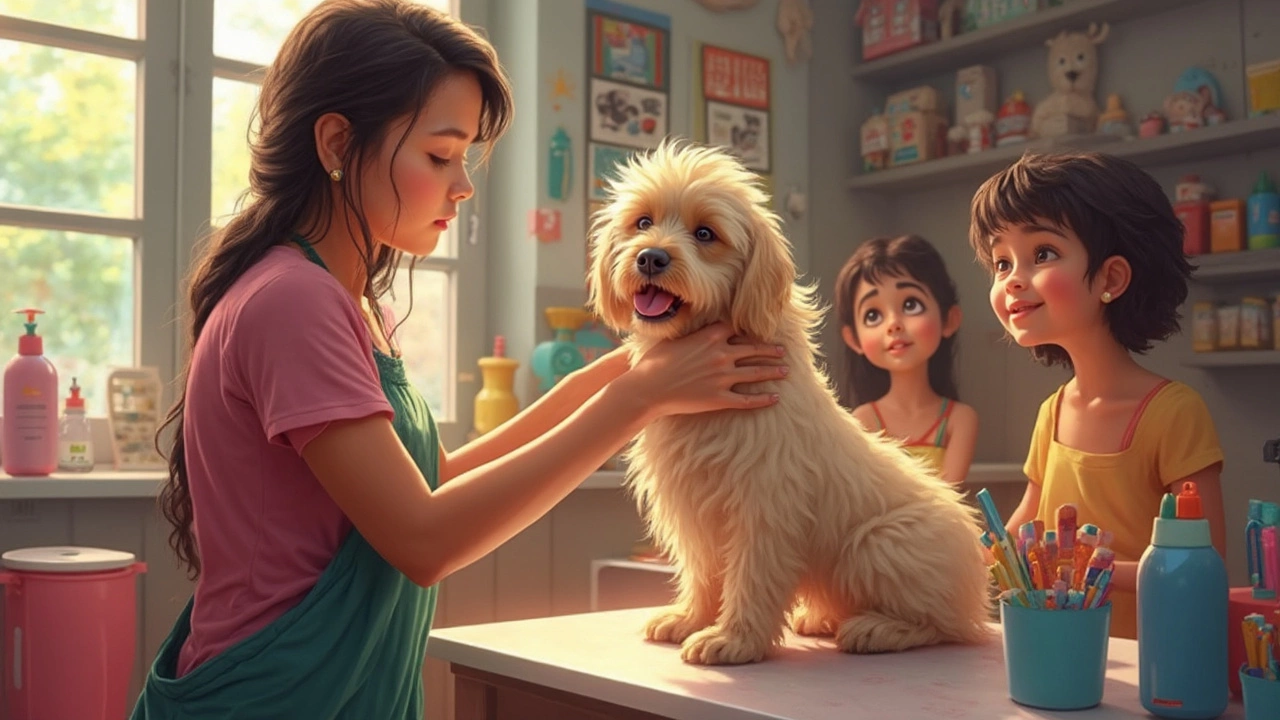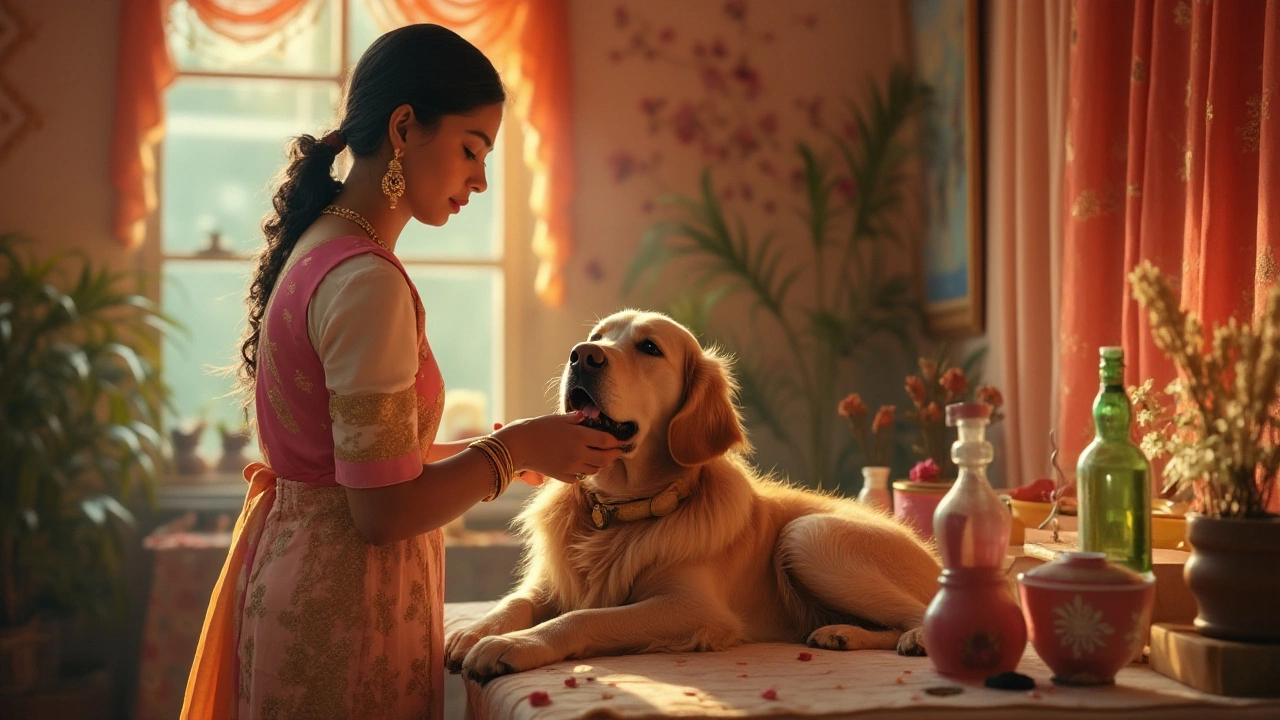Dog Groomers: What to Expect and How to Save
Getting your dog groomed can feel like a big deal, but it doesn’t have to be stressful or expensive. Whether you’re a first‑time owner or you’ve been through the grooming cycle a dozen times, knowing the basics helps you make smarter choices.
How to Pick a Good Dog Groomer
Start by checking reviews on local pet forums or asking friends who have similar dogs. A good groomer will be comfortable with your dog’s breed, size, and temperament. Ask about certifications or training – many salons have staff who’ve completed basic grooming courses.
Visit the shop before booking. Look for a clean space, organized tools, and a calm atmosphere. If the groomer talks to the dogs, offers treats, and explains each step, you’re likely in good hands. Don’t be shy about asking how they handle nervous pups; a clear plan shows they care about safety.
Saving Money on Grooming
Professional grooming is worth it for big dogs or breeds with tricky coats, but you can cut costs with DIY basics. Invest in a quality brush, nail clipper, and dog‑shampoo. Regular brushing reduces matting, so you’ll need fewer full‑service visits.
Schedule grooming every 6‑8 weeks for most breeds. Over‑grooming leads to unnecessary cuts and higher bills. Keep a grooming calendar and stick to it – consistency helps the groomer work faster, which can lower the price.
Watch for package deals. Many salons offer a discount if you bundle bathing, nail trimming, and ear cleaning. Some even have loyalty cards that shave off a few dollars after a set number of visits.
When you do go to the salon, be clear about what you need. A simple bath and brush is cheaper than a full haircut. If you’re okay with a slightly longer coat, let the groomer know. Clear communication prevents surprise fees.
Understanding why a grooming session can take four hours also helps you budget time. Groomers spend time cleaning ears, trimming nails, brushing out mats, and giving a thorough bath. Each step matters for your dog’s health, and rushing can cause injuries.
After the appointment, help your dog settle. Offer water, a short walk, and a calm spot to rest. This lets the coat settle and reduces post‑groom anxiety. A relaxed pup is also easier to brush at home, extending the time between professional visits.
Finally, keep track of what works. Note the groomer’s name, the services used, and the cost. Over time you’ll see patterns – which groomer gives the best value, how often you truly need a full trim, and where DIY can replace a salon visit.
With a bit of research and some home care, you’ll find a dog groomer that fits your budget and keeps your pup looking and feeling great.

Dog Grooming Sequence: Wash or Cut First? Groomer's Proven Best Practices
Ever wondered if dog groomers wash or cut first? Here's your guide on grooming priorities, why order matters, and some top pro tips for a happy, healthy dog.
read more
Do Groomers Use Calming Aids for Dogs?
Exploring the methods used by professional dog groomers to calm anxious pets during grooming sessions, this article delves into the variety of approaches available. From natural remedies to specific techniques, pet owners can gain insights into how their furry friends are cared for. It also highlights important facts and offers tips on how to prepare dogs for grooming at home. Uncover the common practices and understand the safety aspects involved in using calming aids.
read more



